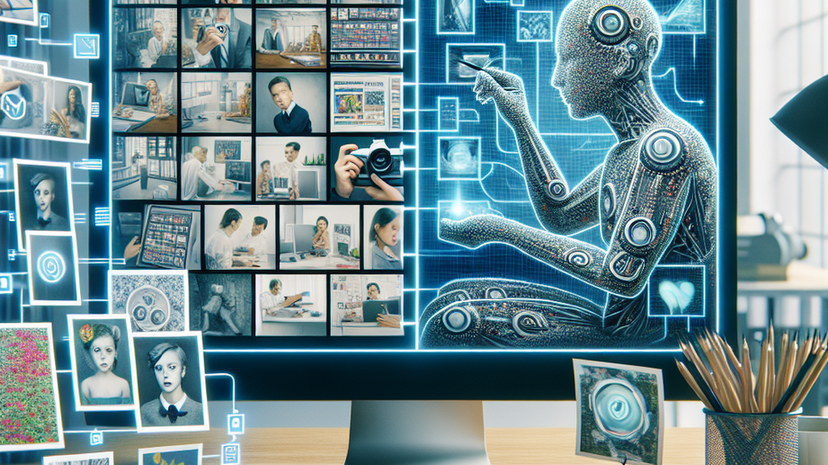The use of AI-generated images versus traditional stock photography is a topic of debate in the world of digital marketing. Businesses want to capture the attention of online users in an era where visual content is important, but they’re unsure which approach is best. Industry giants like Getty and Shutterstock have introduced AI tools trained on licensed stock photography, but concerns about authenticity, professionalism, and practical benefits have emerged.
Recently, John Mueller, a Google Search Advocate, shared his insights on this issue, shedding light on the advantages and disadvantages of both approaches. Mueller says that high-quality stock photography is still valuable compared to unique smartphone photos. Stock photos are carefully chosen for their relevance and excellence.
However, Mueller makes a distinction between situations that need a specific photo and those where imagery is just decoration. Decorative images, whether AI-generated or from stock photography, enhance user trust and engagement. But when it comes to product photos, AI-generated images can be unrealistic and deceive consumers.
Authenticity is crucial for visual content, according to Mueller. Websites that sell products should use authentic photos. Visitors are more likely to trust and connect with a website that features genuine product images. This aligns with the consumer expectation of seeing accurate representations before buying.
Mueller also advises website owners to consider their use of stock photography when deciding on AI-generated images. If stock photography is regularly used, then AI-generated images may be a good alternative. However, relying solely on AI-generated images as a time and cost-saving measure may not meet professional standards and decrease consumer trust.
Another concern with AI-generated images is that they can be seen as scraped content, raising copyright infringement issues and diminishing consumer trust. Visitors expect original and unique content that adds value to their online experience.
Mueller also differentiates between 3D-rendered images based on building plans and fully AI-generated images. The former can accurately represent architectural projects, while the latter may lack necessary details and precision.
In the context of the growing popularity of augmented reality (AR) technology, Mueller supports AR support in online product displays. This lets users visualize products in their own environment, improving their online shopping experience. However, the use of AI-generated images in this context should be carefully considered to avoid misleading customers.
The relevance of a website’s subject matter also affects the expectation of real images. For topics where authenticity is highly valued, users are more likely to search visually. That means using real images, whether stock photos or authentic photographs, is crucial to meet user expectations.
In the world of digital marketing, understanding the evolving role of AI tools in content creation is important for effective strategies. AI-generated images can save time and costs for general content embellishment, but they shouldn’t be relied upon for critical aspects like product representations.
In conclusion, the decision to use real photos versus AI-generated images depends on the specific needs and goals of the website content. Balancing authenticity, professionalism, and the practical benefits of AI-generated images is important. Website owners should carefully evaluate the context, relevance, and potential impact on consumer trust before deciding. Ultimately, ensuring that visual content aligns with audience expectations and contributes to a positive user experience remains the priority in the ever-changing digital landscape.











